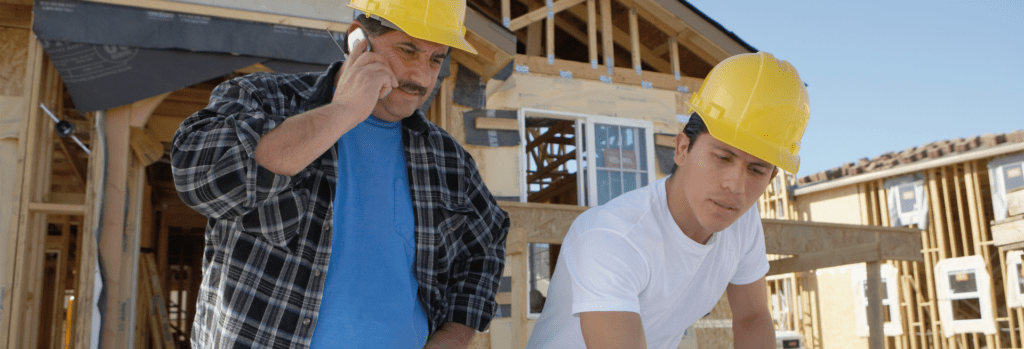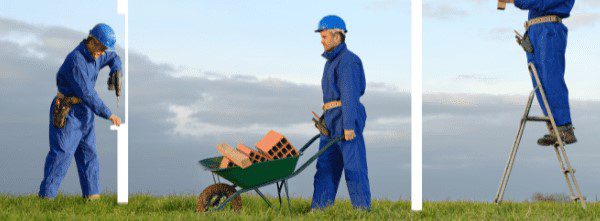Summary of Provincial Budgets 2024: Ontario & Quebec
Provincial governments are slowly unveiling their provincial budgets outlining fiscal strategies ...

Smart Cities – Urbanization is on the rise across Canada, with 81.65% of the total Canadian population residing in urban areas as of 2021. Higher opportunities for jobs drive the migration to cities, increasing population density in these areas. With this increase comes a large demand for housing and services and higher energy consumption. By adopting information and communication technology (ICT), densely populated urban areas could be transformed to smart cities with the goal of improving quality of life, achieving scalability, and increasing energy consumption efficiency.
Smart cities, as defined by the Canadian government, refer to environments where digital technologies are used to enhance the quality and efficiency of municipal services. Smart city initiatives could be implemented for a wide range of applications such as traffic flow management, crime detection, air quality monitoring, carbon emission reduction, and smart waste collection systems.
While measurement frameworks on smart cities vary from place to place, smart cities are typically assessed by degree of digitalisation within the city as well as impacts to society as indicated by several factors including access to services, employment and poverty rates, education level, life expectancy, environmental quality, and carbon and material footprint.
Connected devices and data collection are the heart of any smart city. This is made possible using Internet of Things (IoT)-based technologies. In a smart city driven by an IoT platform, interconnected sensors are deployed across the city to measure various parameters. For example, traffic data could be obtained from streetlight sensors, air quality could be monitored using air particulate sensors, and energy consumption could be tracked using smart meter sensors.
These sensors generate large volumes of unstructured data which need to be processed to provide useful analysis and predictions. Machine learning models are known to handle large sensor data and are therefore an essential part of smart cities. Different ML algorithms such as Support Vector Machine (SVM) and Deep Neural Networks (DNN) are applied for different smart city use cases.

The Canadian government is recognizing the importance of building smart cities, given the rapid urbanization rate in the country. In 2017, the Smart Cities Challenge was launched to provide communities of all sizes – including municipalities, local or regional governments, and Indigenous communities – a way to come up with innovative ideas to leverage technology to improve the overall quality of life of residents.
The top prize of $50M was awarded to the Montreal community that focused on solving issues with mobility and access to food through reductions in solo car use in the greater Montreal area and provision of healthy and local food to vulnerable populations. The $10M prizes were each awarded to the Nunavut community for improving mental health of the residents through a decentralized and community-based digital health and wellness platform and to the City of Guelph and Wellington County for reducing food waste through transformation of the city’s food ecosystem into an “urban/rural living lab” where stakeholders collaborate to solve complex food problems.
In terms of global competitiveness of Canadian cities, Toronto was ranked 11th out of 30 cities in the Digital Cities Index 2022 developed by Economist Impact and supported by NEC. While Toronto scored high in terms of sustainability (at least 90 out 100) according to the report, the city was lagging with respect to connectivity. It scored 62.8 out of 100 which was below the average score for connectivity (72.2) among the 30 cities. In order to become a global leader in this sector, Canada needs to invest in its digital infrastructure to effectively implement smart cities across the country.

Despite the advantages provided by smart cities, there are concerns with potential data breaches as smart cities rely on massive data collection which might include highly sensitive data. As reported by the Canadian Security Intelligence Service, if there are no proper data governance security measures in place, smart cities could be compromised where access to services and public infrastructure could be disrupted and unauthorized access to and retention of Canadians’ personal and corporate data could be granted. As such, ensuring data security with comprehensive data governance is critical when building smart cities.
Over the years, Canadian tech companies have partnered with cities to develop IoT-based and/or AI-based solutions to tackle the biggest challenges in smart city development. Extensive research and development is a key part of the development process. In order to offset R&D costs, companies can take advantage of the Scientific Research and Experimental Development (SR&ED) program which is designed to deduct SR&ED expenditures from income for tax purposes and provides an Investment tax credit (ITC) to reduce income tax payable or as a refund.
If your company is doing R&D work and would like to know if your company is eligible for government funding, contact one of our experts now to find out!
Explore our latest insights
More arrow_forward
Provincial governments are slowly unveiling their provincial budgets outlining fiscal strategies ...

Recently, Canadian representatives attended COP27 to discuss the actionable steps to implement to...

Human-Machine Collaboration has become an essential part of the manufacturing industry. This coll...

Recent announcements demonstrate that the SR&ED program is now under review. The government w...